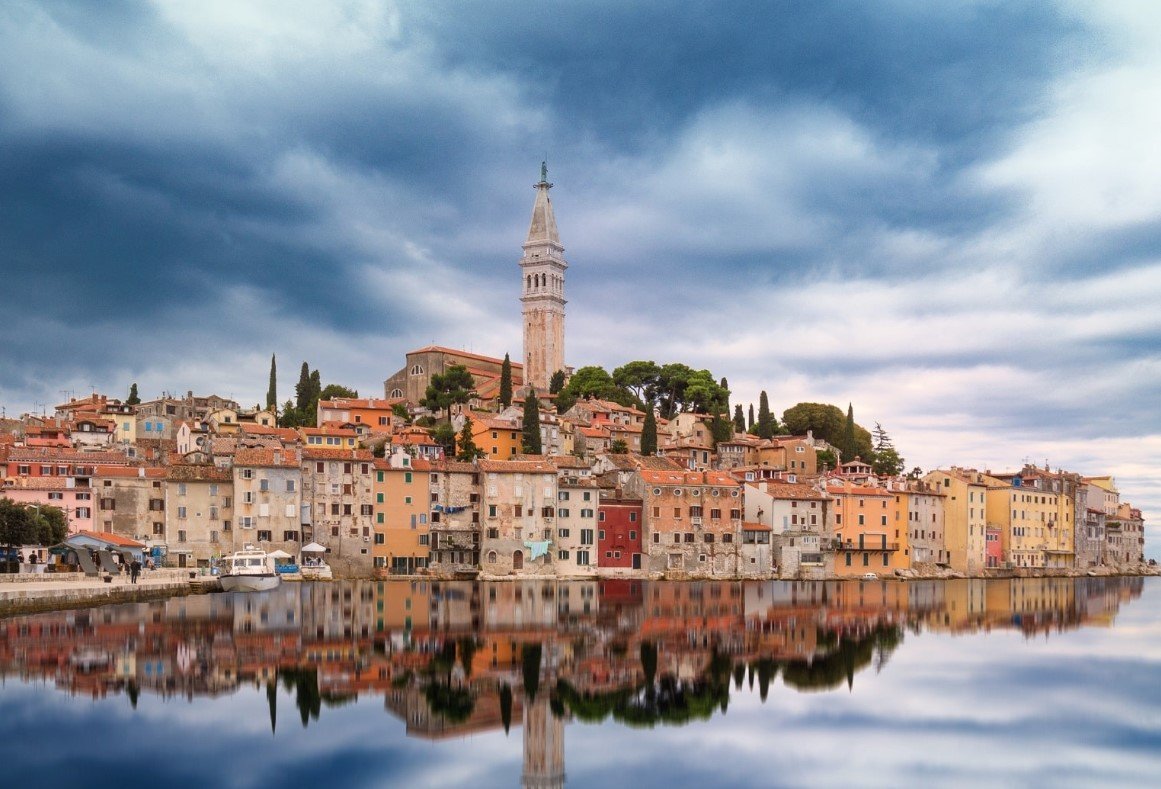As Europe grapples with the challenges of overtourism, several popular destinations are experiencing a backlash against tourists. Cities like Barcelona, Venice, and Amsterdam are implementing measures to curb the negative impacts of mass tourism, which include rising housing costs, environmental degradation, and strained local resources. While these measures aim to protect the quality of life for residents and preserve cultural heritage, they also pose significant economic risks. The tourism industry, a vital economic driver for many European cities, faces potential declines in revenue and job losses as a result of these restrictions.
The surge in tourist numbers has led to growing tensions between locals and visitors in many European cities. In Barcelona, for instance, residents have taken to the streets to protest against the influx of tourists, which they blame for skyrocketing housing prices and the erosion of local culture. The city’s narrow streets and historic neighborhoods are often overwhelmed by large groups of tourists, leading to congestion and a decline in the quality of life for residents.

Venice, another city heavily impacted by overtourism, has introduced measures to limit the number of visitors. The city has implemented a daily tourist tax and plans to introduce a booking system for day-trippers. These measures aim to reduce the strain on the city’s fragile infrastructure and protect its unique cultural heritage. However, they also risk deterring tourists and reducing the revenue generated by the tourism sector.
Amsterdam has also taken steps to manage the impact of tourism. The city has banned new hotels in the city center and restricted short-term rentals through platforms like Airbnb. These measures are designed to address the housing crisis and ensure that locals have access to affordable housing. While these policies have been welcomed by residents, they have sparked concerns among business owners who rely on tourism for their livelihoods.
Economic Implications of Tourism Restrictions
The backlash against tourists and the resulting restrictions have significant economic implications for European cities. Tourism is a major contributor to the economy, providing jobs and generating revenue through spending on accommodation, dining, and attractions. In Spain, for example, the tourism industry accounts for a substantial portion of the GDP and supports millions of jobs2. Any decline in tourist numbers could have a ripple effect on the economy, leading to job losses and reduced income for businesses.
Policymakers are faced with the challenge of finding a balance between managing the negative impacts of tourism and sustaining the economic benefits it brings. In some cases, cities are exploring alternative forms of tourism that are less disruptive to local communities. For instance, promoting cultural and eco-tourism can attract visitors who are more interested in experiencing the local culture and environment, rather than just the major tourist attractions.
The economic impact of tourism restrictions is not limited to the cities themselves. The broader travel and hospitality industry, including airlines, tour operators, and travel agencies, also stands to be affected. A decline in tourist numbers can lead to reduced demand for flights, tours, and other travel-related services, impacting businesses across the supply chain.
Strategies for Sustainable Tourism
To address the challenges of overtourism and ensure the long-term sustainability of the tourism industry, European cities are adopting various strategies. One approach is to diversify the tourist offerings and promote lesser-known destinations. By encouraging tourists to explore areas beyond the major cities, the pressure on popular destinations can be alleviated, and the benefits of tourism can be spread more evenly across the region.
Investing in infrastructure and services that enhance the visitor experience while minimizing the impact on local communities is another key strategy. This includes improving public transportation, developing sustainable tourism practices, and implementing measures to protect the environment. By creating a more sustainable tourism model, cities can continue to attract visitors while preserving their cultural and natural heritage.
Engaging with local communities and involving them in the decision-making process is also crucial. By addressing the concerns of residents and ensuring that they benefit from tourism, cities can foster a more positive relationship between locals and tourists. This can help to reduce tensions and create a more welcoming environment for visitors.
Ultimately, the goal is to create a balanced and sustainable tourism industry that supports economic growth while preserving the quality of life for residents and protecting the cultural and environmental assets that make these destinations unique.
















